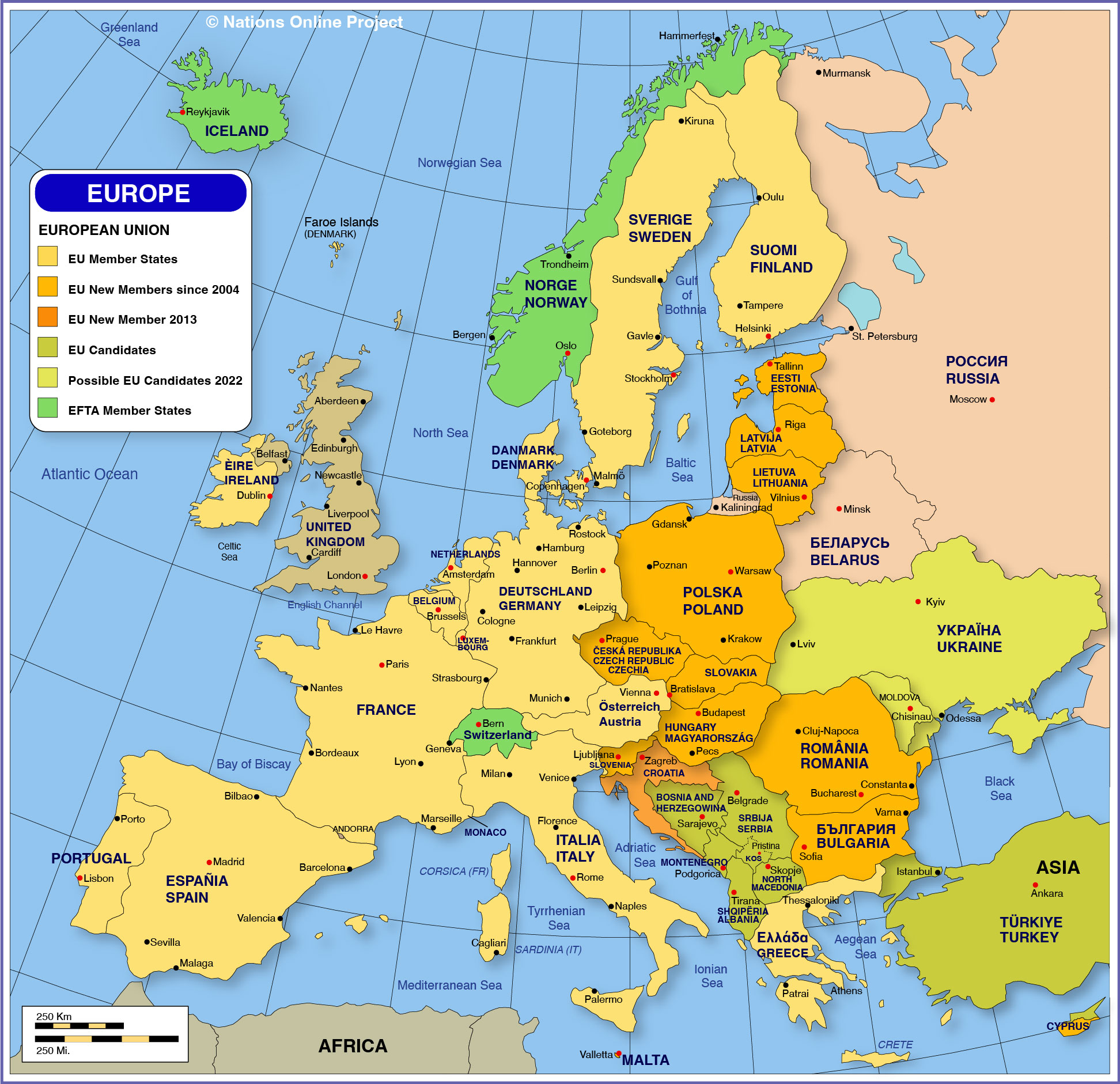
The Clinical Edge: Unpacking Football Teams with Elite Conversion Rates
In the beautiful game of football, goals are the ultimate currency. While possession, defensive solidity, and creative flair all contribute to a team’s success, it is the ability to put the ball in the back of the net that ultimately decides matches. This brings us to a crucial, yet often nuanced, metric: the conversion rate. Far more than just a simple tally of goals, a team’s conversion rate speaks volumes about its efficiency, tactical discipline, and the individual brilliance of its players. It highlights the sides that consistently turn their opportunities into tangible outcomes, separating the prolific from the merely busy.
Defining Conversion Rate in Football
At its most fundamental, a football team’s conversion rate is calculated by dividing the number of goals scored by the total number of shots taken. This can be refined further by looking at goals per shots on target, which offers a clearer picture of how clinical a team is when they actually test the goalkeeper. Regardless of the precise calculation, a high conversion rate signifies a team that is remarkably efficient in front of goal, making the most of the chances they create.
Why is this metric so important? In a sport where margins are often razor-thin, the ability to be clinical can be the difference between a league title and a top-four finish, or between Champions League glory and a group stage exit. Teams with high conversion rates often win games they don’t dominate, or seal victories against equally matched opponents by simply being more ruthless in critical moments. It reflects not just individual finishing prowess, but also the quality of chance creation, the tactical setup, and even the psychological composure under pressure.
The Pillars of Clinical Finishing: Factors Influencing Conversion Rate
Achieving an elite conversion rate is rarely a stroke of luck; it’s a culmination of several interconnected factors:
- Individual Finishing Prowess: This is arguably the most obvious factor. Teams blessed with world-class strikers and attacking midfielders who possess exceptional shooting technique, composure, and decision-making in the final third naturally tend to have higher conversion rates. Players like Robert Lewandowski, Harry Kane, Erling Haaland, and Karim Benzema consistently demonstrate the ability to finish difficult chances, often with minimal space or time.
- Quality of Chance Creation: It’s not just about how many shots a team takes, but the quality of those shots. A team that prioritises creating high-percentage chances – clear-cut opportunities from close range, through balls that isolate attackers, or well-worked set-pieces – will inherently have a higher conversion rate than a team that fires speculative shots from distance. Intelligent movement off the ball, incisive passing, and tactical patterns that break down defences are crucial here.
- Tactical Discipline and Directness: Counter-attacking teams often exhibit surprisingly high conversion rates. By absorbing pressure and then launching rapid, direct attacks, they can catch opponents out of position, creating one-on-one situations or two-on-one overlaps that lead to higher quality chances. Jose Mourinho’s and Diego Simeone’s teams, for instance, have historically leveraged defensive solidity into lethal attacking efficiency.
- Set-Piece Mastery: Goals from corners and free-kicks contribute significantly to a team’s overall goal tally. Teams with dedicated set-piece coaches, excellent delivery, and strong aerial threats can turn what might otherwise be a low-percentage situation into a high-value scoring opportunity, boosting their conversion rate.
- Psychological Aspect: Composure under pressure, confidence, and mental fortitude play a vital role. Players who can remain calm and execute their technique perfectly in high-stakes situations – whether it’s a penalty, a last-minute winner, or a crucial one-on-one – are invaluable. A confident team, even if not playing at their absolute best, can often find a way to convert the few chances they get.
- Squad Depth and Versatility: Having multiple players capable of scoring, or different types of attackers who can adapt to various defensive setups, ensures that goal-scoring threats are not easily nullified. The ability to bring on fresh, clinical finishers from the bench can also significantly impact conversion rates late in games.
Historical & Modern Exemplars of Efficiency
While precise, universally comparable conversion rate data across all leagues and eras is challenging to compile, certain teams have consistently been renowned for their clinical finishing and efficiency:
1. Jose Mourinho’s Chelsea (2004-2006) & Inter Milan (2009-2010):
Mourinho’s early teams were the epitome of defensive solidity combined with ruthless attacking efficiency. His Chelsea side, particularly in their back-to-back Premier League titles, were built on an impenetrable defence and a midfield that controlled games, but their attack, spearheaded by Didier Drogba, was incredibly clinical. They didn’t always create a deluge of chances, but when they did, they often scored. Similarly, his treble-winning Inter Milan team, featuring the likes of Diego Milito and Samuel Eto’o, were masters of the devastating counter-attack, converting limited opportunities into crucial goals against formidable opponents. Their tactical discipline meant every chance counted.
2. Diego Simeone’s Atletico Madrid (Post-2013):
Simeone’s "Cholismo" philosophy has consistently produced teams that are defensively resolute and incredibly difficult to break down. However, what often goes underappreciated is their remarkable efficiency in attack. Despite often having less possession and fewer shots than their opponents, players like Antoine Griezmann, Diego Costa, and Radamel Falcao have been adept at converting the high-quality chances created from quick transitions or set-pieces. Atletico’s strength lies in their ability to absorb pressure and then deliver a knockout blow with limited touches.
3. Sir Alex Ferguson’s Manchester United (Various Eras):
Throughout his legendary tenure, Ferguson’s United teams were characterised by their resilience and their uncanny ability to find a way to win. While they had periods of free-flowing attacking football, many of his sides, particularly later ones, displayed an incredible knack for clinical finishing in key moments. Whether it was Ruud van Nistelrooy’s predatory instincts, Cristiano Ronaldo’s explosive goal-scoring, or Wayne Rooney’s all-around brilliance, United often converted critical chances, even when not dominating games, a testament to their winning mentality and the quality of their finishers.
4. Jürgen Klopp’s Liverpool (2018-2020):
While often associated with "Gegenpressing" and high-volume attacking, Liverpool’s Premier League and Champions League-winning sides under Klopp were also incredibly clinical. The front three of Mohamed Salah, Sadio Mané, and Roberto Firmino not only created a vast number of chances through their relentless pressing and intricate movement but also possessed exceptional finishing ability. Their efficiency was rooted in generating high-quality chances close to goal, often dispossessing opponents in dangerous areas and punishing them swiftly.
5. Carlo Ancelotti’s Real Madrid (Recent Periods):
Ancelotti’s Real Madrid teams, especially in their recent Champions League triumphs, have often demonstrated an almost uncanny ability to convert their chances when it matters most. They might not always dominate possession or the shot count, but with clinical finishers like Karim Benzema and the explosive Vinicius Jr., they are incredibly efficient in the final third. Their success often stems from creating moments of individual brilliance that are ruthlessly converted, showcasing a pragmatic yet devastating approach.
The Nuance: Beyond the Conversion Rate Stat
While a high conversion rate is a desirable trait, it’s crucial to understand its limitations and the broader context:
- Volume vs. Efficiency: A team might have a lower overall conversion rate but still score more goals because they take a significantly higher volume of shots (e.g., Pep Guardiola’s Manchester City, who often overwhelm opponents with constant pressure and a multitude of attempts). Conversely, a team with a very high conversion rate but a low shot count might be over-reliant on individual brilliance or experiencing a period of unusual luck.
- Sustainability: Can a remarkably high conversion rate be maintained over an entire season or multiple seasons? Sometimes, teams experience hot streaks where seemingly every shot goes in, which might regress to the mean over time.
- Interplay with Defence: A team with a high conversion rate might still struggle if their defence is porous. The goal is to win matches, and that requires a balance between scoring and preventing goals.
- Expected Goals (xG): Modern football analytics has introduced the "Expected Goals" (xG) metric, which assigns a probability to every shot being a goal based on various factors (location, body part, type of assist, etc.). Comparing a team’s actual goals scored to their xG provides a deeper insight into their finishing prowess – if they consistently score significantly more than their xG, they are truly clinical; if less, they are underperforming. While conversion rate is simpler, xG offers a more sophisticated understanding of true efficiency.
Conclusion
The conversion rate stands as a vital, albeit complex, metric in football, offering a window into a team’s attacking efficiency. It celebrates the sides that embody ruthlessness, tactical acumen, and the individual brilliance of their finishers. From the calculated pragmatism of Mourinho and Simeone to the dynamic precision of Klopp’s Liverpool and the clutch artistry of Ancelotti’s Real Madrid, teams with elite conversion rates often share common threads: a focus on quality chances, composure under pressure, and the presence of players who can consistently deliver in the decisive moments.
While it’s not the sole determinant of success and should be viewed alongside other metrics like xG, a high conversion rate remains a powerful indicator of a team’s ability to maximize their opportunities. In a sport where every goal counts, the clinical edge provided by an elite conversion rate is often the difference between aspiration and achievement, making these efficient teams truly stand out in the competitive landscape of professional football.



